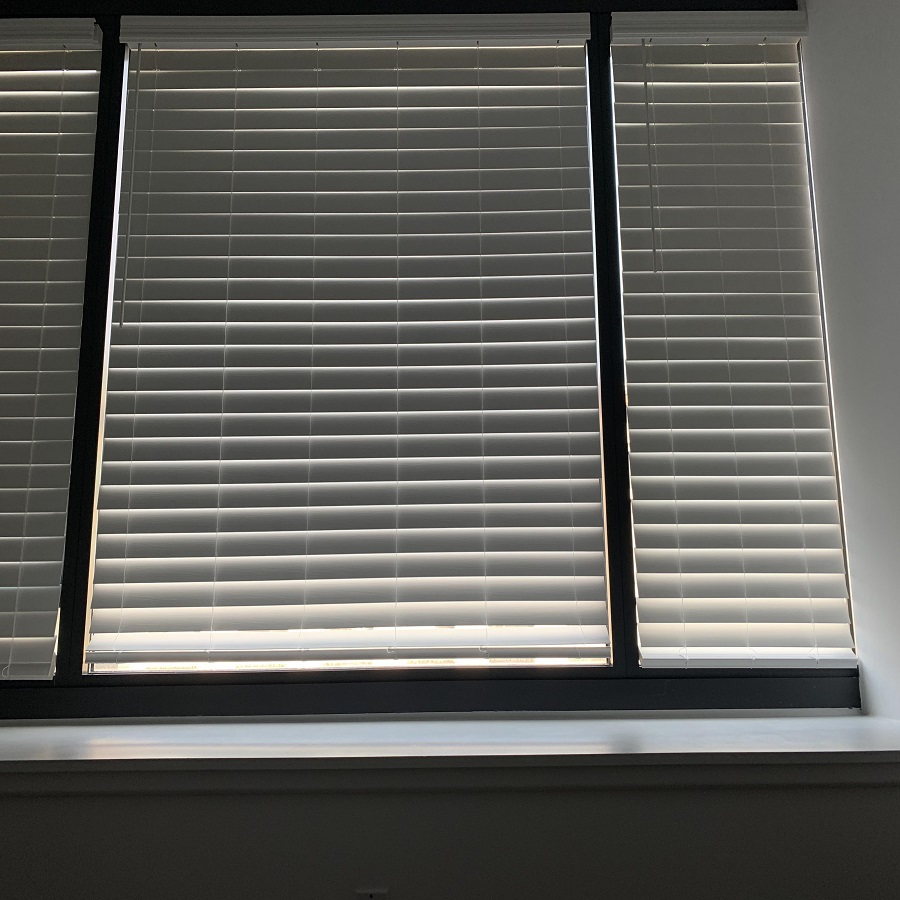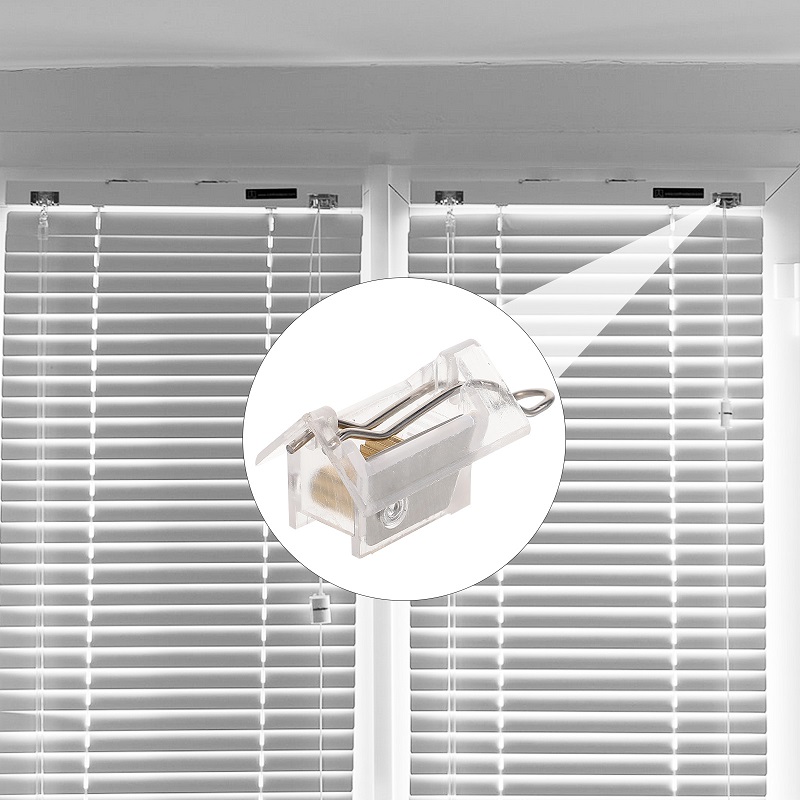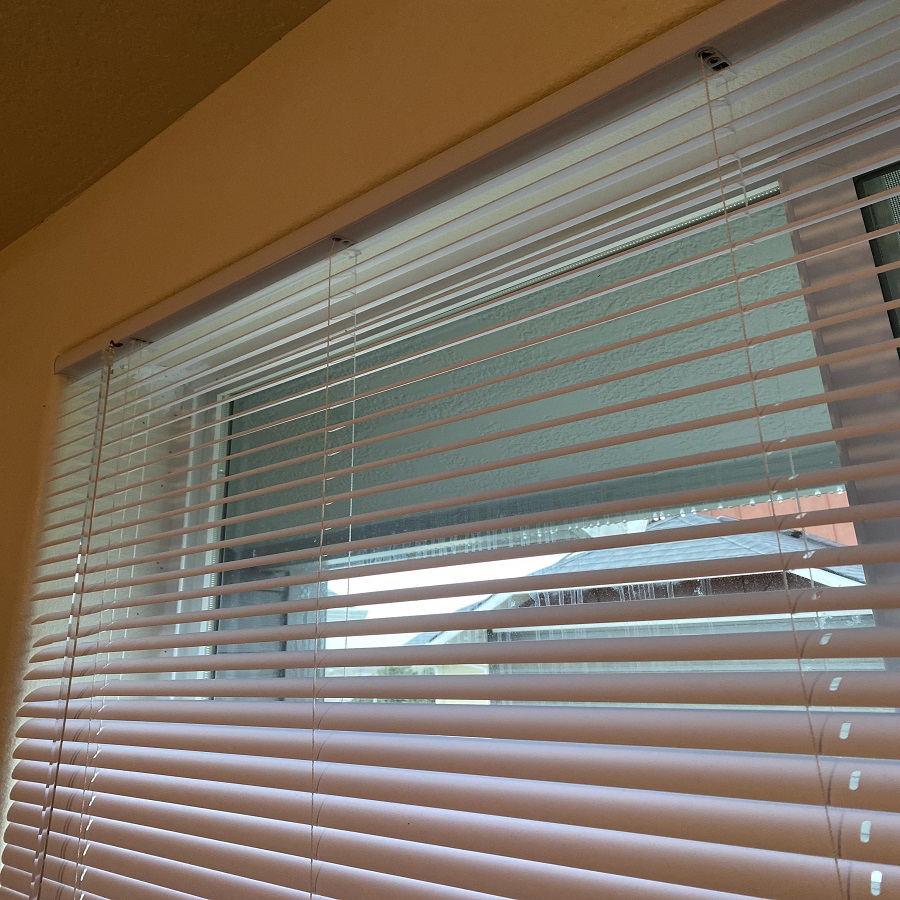Types of Blinds and Their Mechanisms
Blinds come in various styles and mechanisms, each with its unique method of operation. The most common types include Venetian blinds, vertical blinds, roller blinds, and cellular shades. Venetian blinds feature horizontal slats that can be tilted or raised and lowered with a cord or a wand. Vertical blinds have vertical slats that slide open and closed, typically operated by a chain or cord. Roller blinds roll up and down using a spring or chain mechanism, while cellular shades use a cord or cord-free system to lift and lower the shades.
Each mechanism can encounter different issues, leading to blind not going down. For example, Venetian blinds might experience problems with the cord or tilt mechanism, while roller blind might have issues with the spring or chain. Understanding your blind’s specific mechanism is crucial for diagnosing and fixing the problem effectively.
How Blinds Operate
Blinds operate through a combination of cords, chains, springs, or wands that interact with internal gears or pulleys to adjust the position of the blind. The mechanism usually involves a cord or chain that, when pulled, lifts or lowers the blinds. In some systems, a spring-loaded mechanism is used to control the movement. Over time, these mechanisms can wear out or become obstructed, leading to issues with the blind not moving properly.
Proper maintenance and understanding of how the mechanism works can help in troubleshooting and repairing the blinds. For instance, if the blind won’t go down, the issue might be related to a tangled cord, a broken gear, or an obstruction in the mechanism.

Common Issues and Their Causes
Cord Tangling and Snagging
One of the most frequent problems with blinds is cord tangling or snagging. When cords become tangled, they can prevent the blinds from moving up or down properly. This issue is common in Venetian blinds and vertical blinds where cords are used to control the movement. Tangling can occur due to improper use, wear and tear, or simply because the cords were not installed correctly.
To fix this issue, you will need to untangle the cords carefully. Start by identifying where the tangling has occurred and gently separate the cords. It’s important to avoid pulling too hard, as this can cause further damage. After untangling, check the cords for any signs of wear or damage and replace them if necessary.
Broken or Faulty Mechanisms
Another common issue is a broken or faulty mechanism. In Venetian blinds, this could be a problem with the tilt mechanism or the cord pulley system. In roller blinds, a malfunctioning spring or chain mechanism might be the culprit. Over time, these mechanisms can become worn out or broken, preventing the blinds from moving smoothly.
To address this issue, first, inspect the mechanism for any visible signs of damage or wear. If the mechanism is broken, you may need to replace specific parts or the entire mechanism. Many hardware stores sell replacement parts for common blind mechanisms. If you’re unsure about how to replace the parts, consulting the manufacturer’s instructions or seeking professional help might be necessary.
Obstructions and Debris
Obstructions and debris can also cause blind to malfunction. Dust, dirt, or small objects can get caught in the blinds or their mechanisms, preventing smooth operation. This is especially common in blinds that are not cleaned regularly or in homes with pets.
To fix this problem, start by cleaning the blind thoroughly. Use a soft cloth or duster to remove dust and debris from the blinds and the surrounding area. For more thorough cleaning, you may need to disassemble the blind and clean the individual parts. Ensure that the mechanism is free of obstructions and that all components are in working order.
Step-by-Step Troubleshooting and Repair
Inspecting the Cords and Chains
The first step in troubleshooting blinds that won’t go down is to inspect the cords and chains. Check for tangles, knots, or damage to the cords. If the cords are tangled, carefully untangle them and see if this resolves the issue. If you notice any fraying or breakage, replace the damaged cords with new ones.
For blinds with chains, check if the chain is properly connected and not obstructed. Sometimes, the chain may come loose or become jammed. Reattach or realign the chain as needed and test the blinds to see if they operate correctly.

Checking the Mechanism
Next, examine the blinds’ mechanism for any signs of malfunction. For Venetian blind, inspect the tilt mechanism and cord pulley system. Ensure that the gears are properly aligned and that the cords move smoothly through the pulleys. If you find any broken or worn-out parts, replace them with new components.
For roller blinds, check the spring or chain mechanism for proper functioning. If the blind do not roll up or down smoothly, the spring might need adjustment or replacement. In some cases, the chain might be loose or damaged and require fixing or replacing.
Cleaning and Maintenance
Regular cleaning and maintenance are essential for preventing and resolving issues with blinds. Dust and debris can accumulate and affect the performance of the blind. Clean the blind regularly using appropriate methods for their material. For example, use a damp cloth for roller blinds and a duster or vacuum for Venetian blind.
Additionally, lubricate moving parts of the mechanism as needed. Apply a small amount of silicone lubricant to the cords, chains, and other moving parts to ensure smooth operation. Avoid using excessive amounts of lubricant, as this can attract dust and dirt, leading to further issues.
When to Seek Professional Help
Assessing the Complexity of the Problem
Sometimes, the issues with blind may be too complex to resolve on your own. If you have tried troubleshooting and repairing the blinds but they still won’t go down, it might be time to seek professional help. Complex issues, such as major mechanical failures or extensive damage, often require specialized knowledge and tools.
Assess the complexity of the problem by evaluating the extent of the damage and whether you can easily identify and fix it. If you are unsure or if the repair seems beyond your skill level, it’s best to consult a professional. They can provide a thorough assessment and recommend the best course of action for repair or replacement.
Finding a Professional Repair Service
To find a professional repair service for your blind, start by searching online for local repair services or asking for recommendations from friends and family. Look for companies or technicians with experience in repairing the specific type of blinds you have. Check reviews and ratings to ensure that the service provider is reputable and reliable.
When contacting a repair service, describe the issue with your blind in detail and ask for a quote or estimate for the repair. It’s important to understand the cost and scope of the repair before committing to the service. A professional can provide expert advice and ensure that your blinds are repaired or replaced properly.
Preventive Measures to Avoid Future Issues
Regular Maintenance and Cleaning
To avoid future issues with your blinds, regular maintenance and cleaning are crucial. Establish a cleaning routine to remove dust and debris from the blinds and their mechanisms. Regularly inspect the cords, chains, and mechanisms for any signs of wear or damage and address any issues promptly.
Maintaining the blinds helps prevent the buildup of dirt and prevents minor issues from escalating into major problems. By keeping the blind clean and in good working condition, you can extend their lifespan and ensure smooth operation.
Proper Usage and Handling
Proper usage and handling of blind can also help prevent issues. Avoid pulling or tugging on the cords or chains, as this can cause damage to the mechanism. Use the blinds according to the manufacturer’s instructions and avoid excessive force or rough handling.
Educate family members or housemates about proper usage to ensure that everyone uses the blinds correctly. Proper handling and usage can prevent many common issues and ensure that your blind function effectively for years to come.

Conclusion
Summary of Fixes and Solutions
Blind that won’t go down can be a frustrating issue, but understanding common problems and their fixes can help you resolve the issue effectively. Common issues include cord tangling, broken mechanisms, and obstructions. By inspecting and addressing these problems, you can restore the functionality of your blinds.
Regular maintenance, proper usage, and seeking professional help when needed can also contribute to the longevity and performance of your blind. With the right approach, you can ensure that your window treatments continue to serve their purpose and enhance the comfort and style of your home.
Final Thoughts
Addressing issues with blinds that won’t go down requires a combination of troubleshooting, repair, and preventive care. By following the steps outlined in this guide, you can tackle common problems and maintain your blinds in optimal condition. Whether you choose to handle repairs yourself or seek professional assistance, understanding the underlying issues will help you make informed decisions and keep your blinds functioning smoothly.








